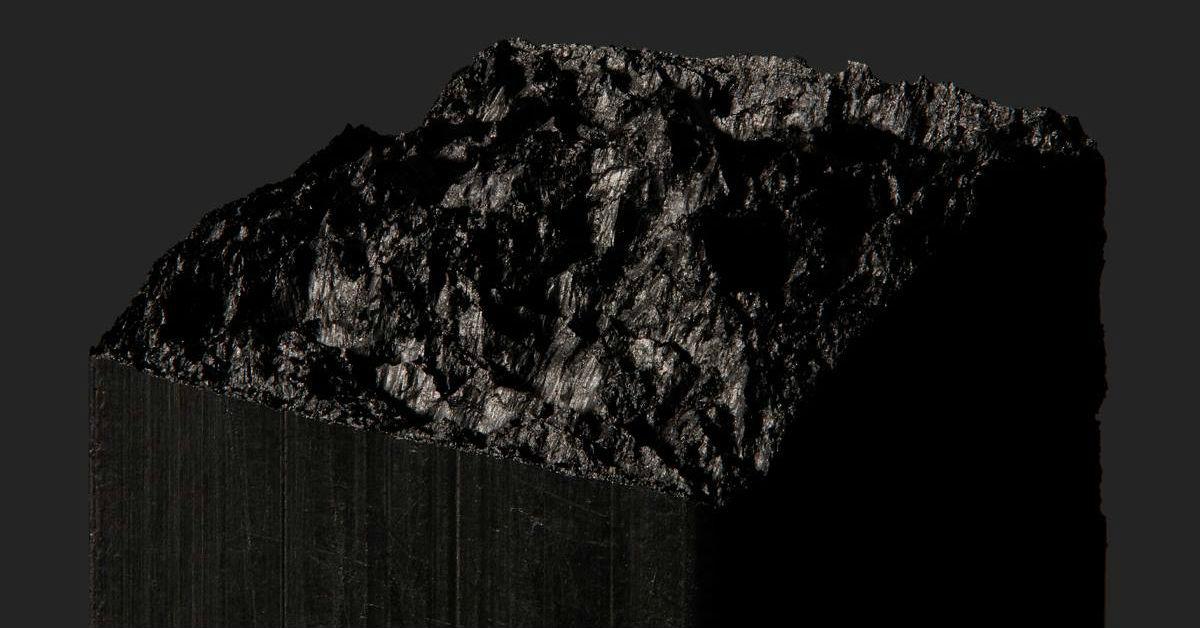This First Of Its Kind Jacket Absorbs Heat And Conducts Electricity
Vollebak has unveiled a jacket that fights bacteria and conducts power, all with the help of a supermaterial.
Updated May 31 2019, 3:24 p.m. ET
What if our clothing could generate power? It’s a question that’s long plagued scientists, who have been developing shirts and jackets that create electricity through body motion for years.
The activewear company Vollebak thinks it has just such a jacket — one that can conduct low levels of electricity that won’t harm the person wearing it. Except this outerwear doesn’t rely on kinetics. The Vollebak jacket generates power through a unique material called graphene, which is so tough to isolate and use that it was practically theoretical until 2004.
Graphene is essentially pure carbon. It’s a single layer of graphite, the stuff that goes into mechanical pencils, and composed of carbon atoms in hexagon patterns. For many years, graphene was virtually unstudied, because scientists struggled to isolate it from graphite and test it in the laboratory. That all changed in 2004, when physicists Andre Geim and Konstantin Novoselov began the graphene research that would eventually win them a Nobel Prize.
Since the pair’s groundbreaking work, graphene has slowly entered the mainstream. It’s now considered a “wonder material” with astounding properties. Graphene is flexible and lightweight, but also strong enough to hold an elephant without breaking. MIT scientists claim it can purify water better than any existing desalination technology, and it might also soak up radioactive waste. Graphene also has potential applications in touchscreens, bullet-proof armor, medicine, and even space elevators.
But it’s now entered the fashion world through Vollebak’s new graphene jacket. Since the company debuted the reversible piece last week, it’s completely sold out of stock, even with a $695 price tag. Vollebak bills the item as “part jacket, part science experiment,” created with “the only material in the world with a Nobel Prize.”
So what’s exactly in this jacket and how does it work? As Vollebak explains on its site, one side of the jacket is coated in graphene and polyurethane membrane, while the other contains 85 percent nylon and 15 percent elastane. The whole thing is waterproof, windproof, and weighs a little less than a pound. But it’s the graphene side that’s particularly interesting.
The jacket’s graphene membrane conducts and retains heat, making it extra effective in regulating your body temperature. It also stops bacteria from reproducing and conducts electricity, albeit in small amounts. While Vollebak claims the first prototype was conductive enough to power a lightbulb, the finished product contains more resistance to electrical currents, in order to keep customers safe.
Vollebak founders Steve and Nick Tidball acknowledge the challenges in mass-producing such a jacket, indicating the need for further research and development. “[G]raphene definitely remains extremely difficult to work with, incredible expensive to produce, and very hard to make in large quantities, so the process has not been easy,” Steve told Fast Company. “And even two years ago this jacket would have been impossible to make in its current form.”
But the Tidball brothers are also excited by the possibilities of graphene clothing, already looking forward to the jacket’s 2.0 model.
“Our view is that wearable technology will become increasingly invisible over the next 10 to 20 years,” Steve told Fast Company. “We think graphene’s ability to conduct heat and power and withstand insane forces, while adding zero mass, should make it central to the story. And when clothing can start conducting heat and electricity all sorts of cool things can start happening.
It means that over the next decade your clothing can start to become a platform for other innovations. And that’s really what we’re interested in.”


